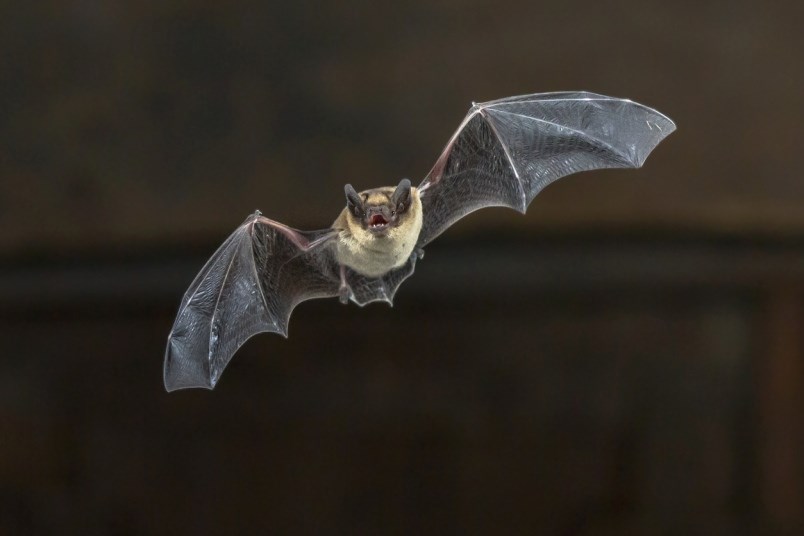EDITOR'S NOTE: OrilliaMatters is partnering with Sustainable Orillia to publish a weekly tip. Check back here every Tuesday evening for a new tip. For more information, visit the Sustainable Orillia website.
At Sustainable Orillia, our goal is to help make our community one in which those generations that come after us — our children and their children and grandchildren — inherit a world that is equal to or better than our own in terms of the environment and life’s opportunities.
A worrisome note being sounded these days, however, is about the loss of bird species across North America as well as a disease that is killing our bat populations.
Reductions in bird species and bats are not just a question of lost birdsongs and no more bats in the backyard. Birds and bats—like butterflies and bees—are insect eaters. Bats, for example, eat vast amounts of agricultural pests, saving farmers billions of dollars (Canadian Wildlife, March/April 2020, p. 20).
Sustainable Orillia has already published a tip about planning and planting a “pollinator garden”— one that contains brightly coloured flowers for the bees and some milkweed for the Monarch butterflies. This week’s tip is therefore focused on what each of us can do to help our winged species stay healthy.
Provide nesting materials for birds as they return to our area.
“Redwinged Blackbirds, Common Grackles, Eastern Phoebes, Barn Swallows, American Robins and Wood Thrushes all use mud and a variety of other construction materials in their nests. These may be in short supply in some locations. Offer up chemical-free grass, pine needles, twigs, moss and leaves to help them line their nests” (Canadian Wildlife Federation)
Build a bat house for female bats that are seeking out maternity roosts to raise their young between May and July. A bat house needs a sunny spot - at least eight hours a day to keep the young warm.
It needs a nearby source of water and needs to be out of a predator’s reach on a pole or a building, at least three metres from the ground. Don’t forget to keep it far away from light pollution from outdoor lighting or streetlamps. The bonus? Watch them dive and swoop as they track and eat mosquitos on warm spring and summer evenings as you sit out on your porch.
Another step you can take? The Canadian Wildlife Federation and other wildlife organizations are looking for people to help track biodiversity in our area. Go to www.CanadianWildlifeFederation.ca or email [email protected] for more information.
